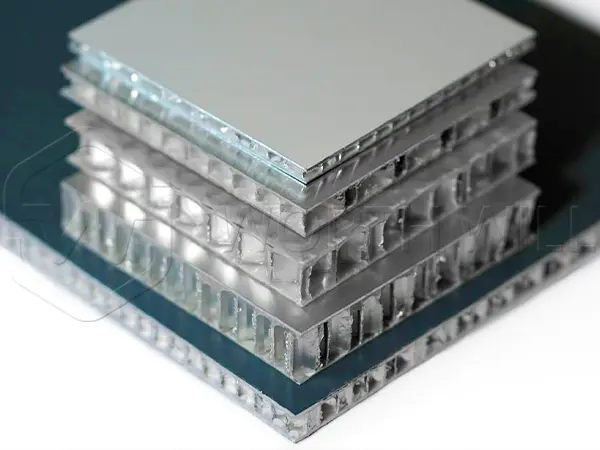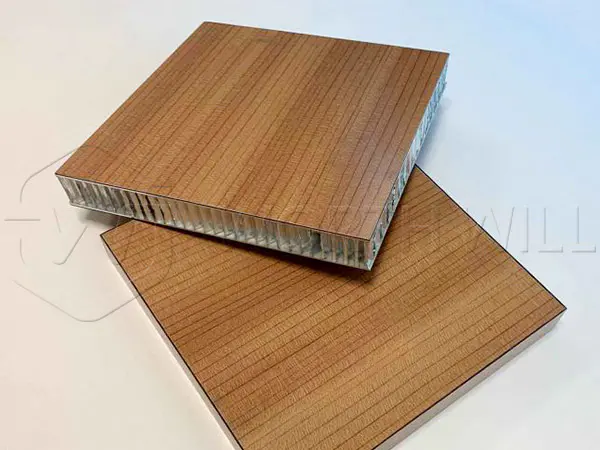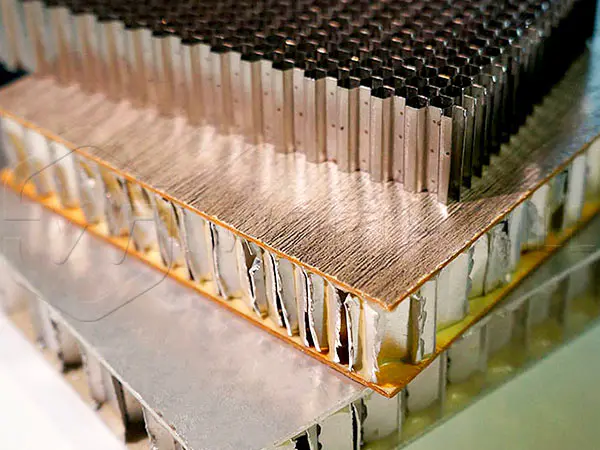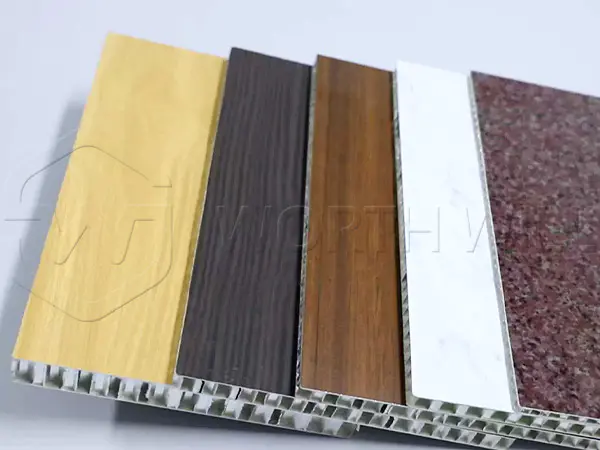
Aluminum Honeycomb
Introduction:
Aluminum honeycomb is a remarkable structural material known for its lightweight yet robust nature. Composed of hexagonal cells made from aluminum foil, it offers exceptional strength-to-weight ratio.
It is a preferred choice in various industries. This professional page aims to provide an overview of aluminum honeycomb, highlighting its key properties, applications, and advantages.
Properties
Lightweight: Renowned for its exceptional lightness, thanks to its honeycomb structure that consists of a vast network of air-filled cells. This inherent property makes it ideal for applications where weight reduction is critical. Such as aerospace, automotive, and marine industries.
High strength: Despite its low weight, aluminum honeycomb exhibits remarkable strength due to its hexagonal cell structure.
This design efficiently distributes loads, providing excellent stiffness and compression strength. It can withstand significant impact forces. It is suitable for structural applications that require strength and durability.
Rigidity: The honeycomb structure imparts exceptional rigidity to aluminum honeycomb panels. This rigidity enables the material to maintain its shape. Even under significant loads, which ensures structural integrity and dimensional stability in various applications.
Thermal conductivity: Aluminum, the primary material used in honeycomb production, possesses excellent thermal conductivity. This property allows for efficient heat transfer and makes aluminum honeycomb a suitable choice for applications. That requires heat dissipation or thermal management.
Fire resistance: In the event of a fire, the honeycomb cells act as barriers, preventing the rapid spread of flames. Additionally, the lightweight nature of aluminum reduces the overall fuel load in a structure.
Weight reduction: Aluminium honeycomb’s lightweight nature enables significant weight reduction in various applications, leading to improved fuel efficiency, higher payloads, and reduced transportation costs.
Structural strength: The honeycomb structure of honeycomb panels ensures high strength, rigidity, and impact resistance. It has an excellent choice for structural applications.
Versatility: Easily tailored to meet specific application requirements by adjusting cell size, foil thickness, and panel dimensions. This versatility allows for customization and optimized performance across different industries.
Environmental sustainability: A highly recyclable material, aligning with the growing emphasis on sustainability. The recyclability of aluminium honeycomb panels contributes to reducing waste and promoting a circular economy.
Aerospace industry: Extensively used in aerospace applications, including aircraft panels, floor panels, interior partitions, and helicopter rotor blades. Its high strength and lightweight characteristics contribute to fuel efficiency and enhanced performance.
Construction and architecture: In the construction industry, aluminium honeycomb panels find application in curtain walls, roofing systems, and interior partitions. The material’s lightweight nature simplifies installation while maintaining structural integrity. It also offers opportunities for creative architectural designs and facilitates energy efficiency.
Transportation industry: The automotive and railway sectors benefit from aluminum honeycomb in vehicle panels, flooring, and interior components. Its lightweight nature contributes to fuel efficiency, reduces emissions, and enhances overall performance. Additionally, the material’s excellent crash energy absorption properties enhance passenger safety.
Marine industry: Aluminum honeycomb panels are used in shipbuilding for hull construction, bulkheads, superstructures, and furniture. Its lightweight nature provides weight savings. It allows for larger cargo capacities and improved fuel efficiency. The material’s resistance to corrosion ensures durability in harsh marine environments.
Aluminum Honeycomb:
Lightweight and Versatile Structural Material
Aluminum honeycomb stands as a versatile, lightweight, and robust structural material suitable for various industries. Its unique properties, such as high strength, rigidity, and fire resistance, make it an ideal choice for applications in aerospace, construction, transportation, and so on.





